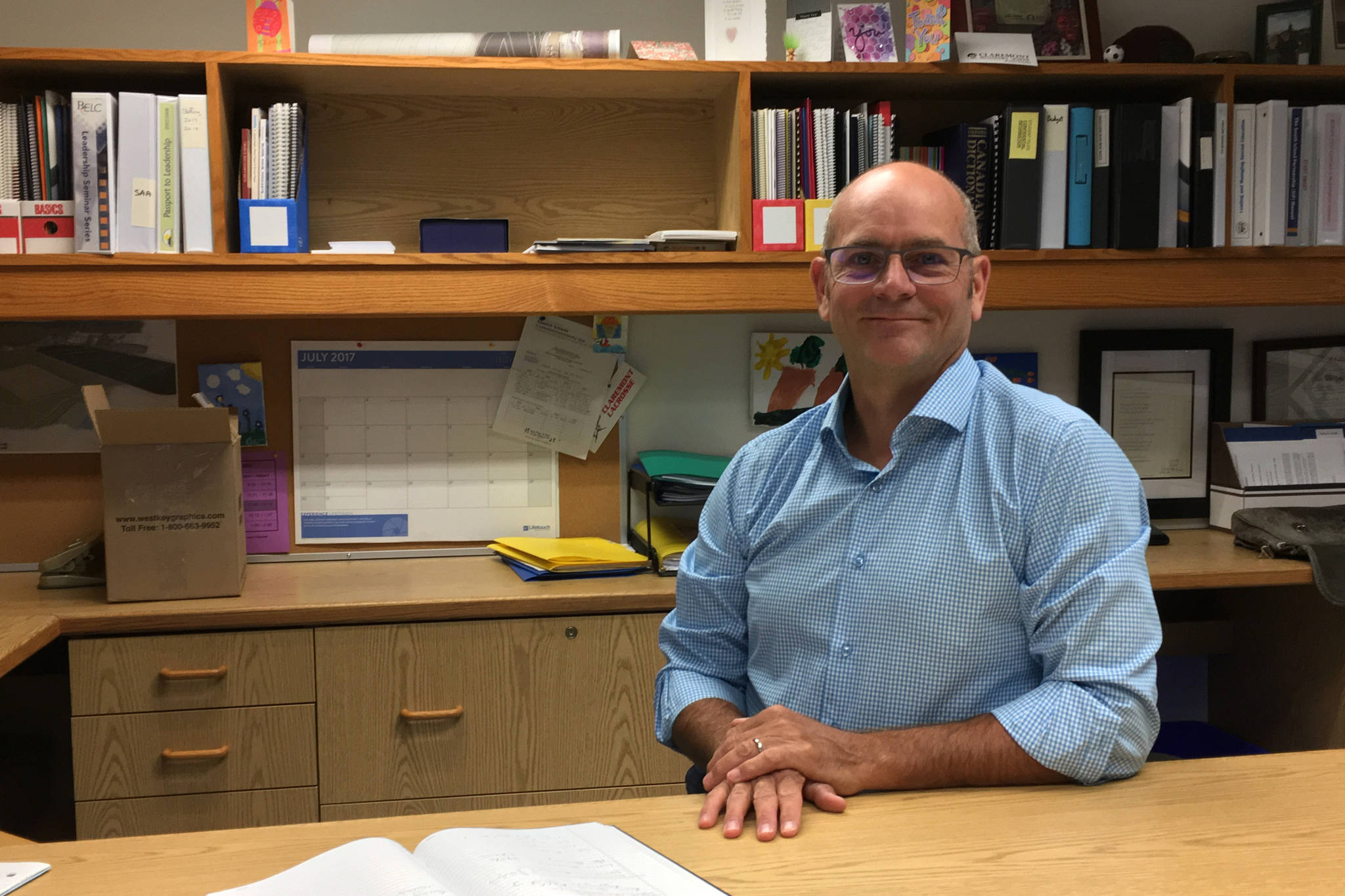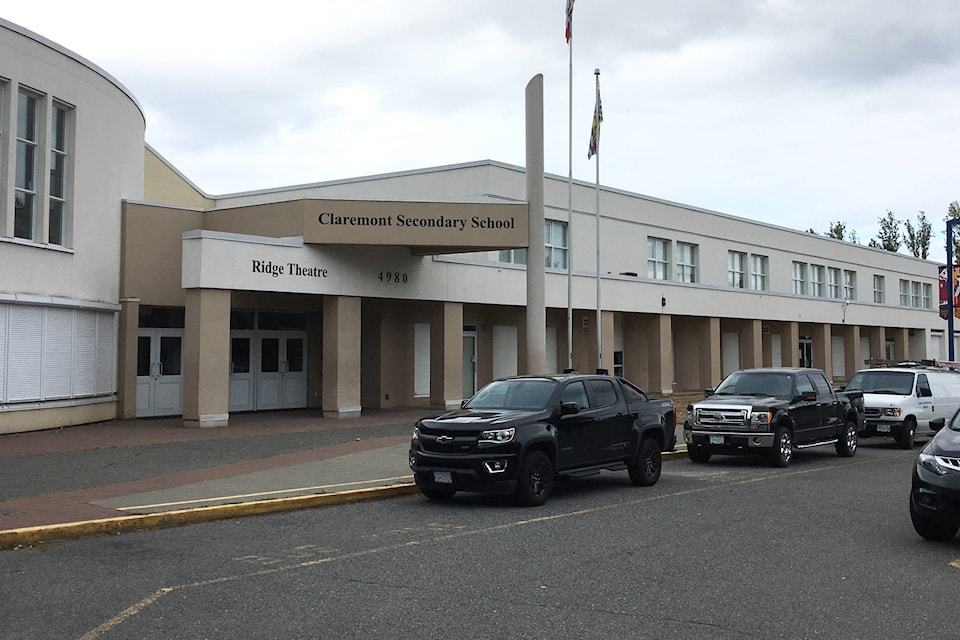Myles Sauer
News Staff
It’s a question on every student’s mind as they approach high school graduation: “What are you going to do after school?” And as anyone who has gone through it can likely attest, answering that question can be a real challenge.
But Claremont secondary principal Peter Westhaver says it’s his job – and the job of staff and faculty at high schools across the Saanich School District – to ensure those students are prepared as they launch into the next phase of their lives.
“I find these four years are the most important … for the student,” says Westhaver. “It’s these four years where kids are going to determine a trajectory, which way they’re going to go.”
Compared to what he describes as the “goofy energy” of middle school, Westhaver says that the high school environment is much more focused. It’s the time for students to buckle down and figure out what comes next, whether it’s taking a year off following graduation, or jumping right into post-secondary here in B.C. or elsewhere.
“We remind the kids, you know, you have four more years. They’re going to go by like this,” Westhaver says, snapping his fingers. But he stresses that students shouldn’t be afraid of seeking guidance, whether it’s from school counsellors or a teacher that they trust. “It’s important for kids to have that go-to adult.”
With all that said, Westhaver reminds both new and current high school students that this is the time to try new things, whether it be a student club or an interesting course.
“For gosh sakes, get involved,” he says with a laugh. “It’s not just about the percentage or letter grade of that course … try something different. High schools have all kinds of electives that kids can try for the first time.”
But above all, Westhaver encourages students to reach out and just talk to one another. In an era where everyone has a smartphone close by, that can be a lot easier said than done. “Find a time to put [the phone] aside, and just engage with your peers in class through conversation.”
“What I enjoy is going into classes and listening to conversations that teachers and kids are having about a subject,” Westhaver says. “That art of conversation so important.”




